
As a society, we are starting to cycle back around to healing ourselves with food. We now are understanding the importance of nourishing our bodies, and allowing ourselves to naturally heal or maintain health. Part of this is using the way we eat to either gently correct minor issues, or use a strict dietary protocol to heal something as intense as leaky gut.
Looking for the overviews of the different dietary protocols? Click the links below to jump right to them.
- Gut and Psychology Syndrome Diet (GAPS)/Specific Carbohydrate Diet (SCD)
- Autoimmune Paleo (AIP)/Wahls Protocol
- Whole 30 Diet
- 21-Day Sugar Detox
- Low FODMAPS
- Paleo/Primal Diets
- Keto/Low Carb/Atkins Diet
- Carnivore
- Fasting
How to decide which healing diet is right for you?
With the internet, we are connected to thousands of others who are using diet to heal themselves. Some are outspoken and a tad judgmental. These people are eager to advocate that if just everyone followed this particular diet, everyone would be the picture of health.
Others are cautious, and a little bit commitment-phobic to any particular diet. They don’t want anyone to take anything to the extreme, and though they have seen healing by changing eating patterns, they realize that health is a moving target. They realize that different things work for different people at different times.
Still there are some that firmly have their heads stuck in the sand, voicing that diet does not impact health. As long as we are consuming fortified products and getting enough calories, everything else will work out. Any so-called healing is placebo effect.
These people often claim to believe in science, but in reality they are parroting exactly what big-business wants them to think: Consume junk food that is cheap to produce and high in profits. If you’re sick, it’s not the fault of the food.
Motivations for food-based treatments
As health problems are multiplying with each generation, the last category of people who don’t believe in a correlation between food and health are starting to come around.
 Love, compassion, and a big dose of desperation can change our minds.
Love, compassion, and a big dose of desperation can change our minds.
The mom who sinks into post partum depression after having a vibrant healthy pregnancy is motivated to look for any solution that will make her be the mother she wants to be.
The family who has two children with autism diagnoses. These parents and extended family members watched the chidren go ‘lights out’ and sees their struggle to process stimuli and make sense of the world around them.
The teen who has struggled with skin issues including eczema her whole life, and wants to make a difference in the world but is distracted by the itching of eczema just enough that it’s hard for her to focus.
The dad with Celiac disease that is determined to get healthy enough to walk his daughter down the isle and take his son out hunting.
The mom who is addicted to sugar, unhealthily focused on food, and gaining unwanted weight every year.
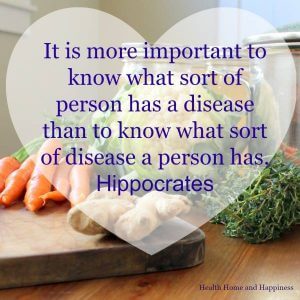
Different solutions for leaky gut treatment will be right for different people
Everyone has their own unique biology, mind, lifestyle, and limitations. Health symptoms, from a minor irritation to a life-restricting severe autoimmune disease can also determine what dietary plan will best support quality of life.
For this reason, we are going to look at different dietary protocols, and who they might work best for, what foods are allowed, and what the major goals of each diet are.
Choosing a plan that works best for your specific needs will help you to be more successful in making needed change.
Look for Your Individually Least Restrictive Diet
As part as an IEP (individual education plan) it’s a federal law that children need to be in the ‘least restrictive environment’. That means, if they can go into a reg ed classroom with a para, they do not unnecessarily get stuck in the special ed room. If they can join their peers for art or music, they join, even if the school has to provide supports and accommodations. If they can join their reg ed peers for the full day, they have ‘push in’ services that follow the child into the classroom.
On the flip side, sometimes the least restrictive environment is where the child is the least stressed. This can mean that the child is better suited for a smaller classroom, to eat their lunch with a small group rather than the whole grade, and to have one recess with their peers, and the rest of their recesses when the playground is less crowded.
For kids who are easily overwhelmed, over stimulated, or with major sensory issues the least restricted environment can look, from the outside, like it’s a very restricted environment.
It takes really getting to know and understand the child’s individual needs to provide the appropriate environment for them.
Diets without restrictions
The same goes for diet. We should all go for our *least restricted diet* but that isn’t going to look the same for everyone. When you think of a diet without restrictions, you may think of cookies for breakfast, burgers, fries, and a milkshake for lunch, and another junky meal for dinner – always with dessert!
But if this kind of diet gives you low energy, brain fog, mood swings, and an extra 50 pounds that you have to carry around with you everywhere you go, wouldn’t you agree that it is actually a *very restrictive* diet?
Just like in the school system we can’t *assume* that the least restricted environment for every child is as much mainstreaming as possible, for diets we can’t *assume* that eating whatever we want, or even what our peers eat, is the least restrictive either.
So, while some of these treatments for leaky gut may appear to be restrictive,they may actually give you the least restriction in your life.
Looking for the overviews of the different dietary protocols? Click the links below to jump right to them.
Have another one that I didn’t cover? Leave a comment and let me know!
- Gut and Psychology Syndrome Diet (GAPS)/Specific Carbohydrate Diet (SCD)
- Autoimmune Paleo (AIP)/Wahls Protocol
- Whole 30 Diet
- 21-Day Sugar Detox
- Low FODMAPS
- Paleo/Primal Diets
- Keto/Low Carb/Atkins Diet
- Carnivore
- Fasting

Gut and Psychology Syndrome Diet, Specific Carbohydrate Diet
Also known as:
GAPS or SCD
History of the Gut and Psychology Syndrome Diet:
The GAPS diet is based on the Specific Carbohydrate Diet which was founded by Sidney Haas, MD in the 1940s as treatment for digestive diseases (IBS, etc), and was later popularized by Elaine Gottschall in the 1980s to help her child with both digestive and neurological problems. In the 2000s Natasha Campbell-McBride, Neurosurgeon, further added healing foods to SCD, creating the GAPS diet protocol.
Popular books on the gut and psychology syndrome/specific carbohydrate diet:
Foods that you are encouraged to consume on GAPS or SCD:
Meat, vegetables, limited fruits, healthy fats, meat stock, most legumes, herbs and spices, occasional nuts and honey.
Continue reading: What you can eat on GAPS, a comprehensive list
Foods not allowed on the specific carbohydrate or GAPS diet:
Any carbohydrate more complex than a disaccharide (so no refined sugar, starch like potatoes or arrowroot powder, maple syrup), no food additives such as MSG, gums such as guar gum. All grains are excluded; corn, rice, quinoa, especially wheat. Dairy that is not cultured is not allowed, and even cultured dairy is eliminated for a time for most people.
The introduction phase of the GAPS diet is even more restrictive, restricting everything but boiled meat and vegetables, and then day-by-day increasing allowed foods until you have reached full GAPS.
How GAPS and SCD works as treatment for leaky gut:
The GAPS diet eliminates foods that are common allergens and cause inflammation, gives the digestive tract a break by only allowing foods that are easy to digest, provides very nutrient-dense foods to facilitate in tissue repair, especially of the gut, and eliminates food additives that increase the body’s toxic load.
Carbohydrates are limited to what is digested high in the digestive tract (which is why honey is allowed but maple syrup is not- maple syrup is slightly more difficult to break down). This starves out overgrowth of pathogenic bacteria that cause digestive and neurological trouble.
Probiotics through homemade fermented food and commercial probiotics are encouraged to re-balance the gut flora.
Is GAPS or SCD temporary?
Yes! But 4-6 weeks on the introduction diet and 2 years on the full diet is recommended.
Difficulty level of GAPS or SCD:
This protocol has little room for error, with any accidental ingestion of not-allowed food causing a flare of symptoms and re-growth of the pathogenic bacteria that you are trying to starve out. The introduction diet is associated with detox reactions, and for some people the adjustment to eating low carb is difficult.
Benefits of GAPS and SCD over other dietary protocols for leaky gut treatment:
I have seen the most dramatic results in my family from this protocol. It is an intense program designed to fix even tricky cases of leaky gut.
The GAPS version contains a lifestyle change that includes fresh air, replacing toxic household products, and more. While it is encouraged to stay on SCD or GAPS for 2 years, many people see a dramatic difference within 6 weeks or less and do not need to remain on for the entire two years.
GAPS and SCD is best for:
Those with significant digestive or neurological troubles that are at the point in their health that they are ready to be dedicated to a strict eating plan without compromising.
GAPS and SCD is a restrictive protocol that should only be tried if less intense leaky gut treatments have failed.
Read more: The Gut-Brain Connection
You can put this dietary treatment for leaky gut this into action right now:
-
- Real Plans can make you a custom menu plan to fit this diet (and any additional dietary preferences you might have). GAPS is now an option when you add in my (Health Home and Happiness) recipes!
- Walk through the GAPS protocol with my Gut-Healing Starter Package.
- Download the Free GAPS 101 Ebook that answers frequently asked questions about this healing protocol.
<
Skip to a different protocol:- Gut and Psychology Syndrome Diet (GAPS)/Specific Carbohydrate Diet (SCD)
- Autoimmune Paleo (AIP)/Wahls Protocol
- Whole 30 Diet
- 21-Day Sugar Detox
- Low FODMAPS
- Paleo/Primal Diets
- Keto/Low Carb/Atkins Diet
- Carnivore
- Fasting

Autoimmune Paleo
Also known as:
AIP
Wahl’s ProtocolPopular books on this dietary method:
Foods allowed on AIP:
Meats, vegetables, fruit, herbs, and sea salt for seasoning are allowed. Root vegetables such as sweet potato are allowed, with the exception of white potato (because it is a nightshade). Eggs, nuts, and gluten-free grains are reintroduced in the reintroduction phase and allowed after if tolerated.
Foods not allowed on AIP:
AIP has both an elimination and reintroduction phase. The elimination phase temporarily eliminates such things as nuts, seeds, eggs, nightshade vegetables (including spices like paprika). Both protocols eliminate grains and legumes. Both protocols eliminate dairy.
How AIP works as treatment for leaky gut:
Including nutrient-dense foods to support the body’s natural ability to heal, while removing other foods temporarily that specifically are known to cause problems in people with autoimmune disease.
Is this diet a temporary or full-time leaky gut treatment? Wahl’s Protocol is a life-long dietary modification to help control a lifelong health issue (autoimmune disease).
AIP, as described in The Paleo Approach is a temporary restriction with the goal being to go to a less strict diet (regular paleo) after specific food sensitivities are discovered, and autoimmune symptoms are healed.
Difficulty level of AIP:
Both AIP and Wahl’s Protocol have different phases that are more or less strict. These phases depend on an individual’s specific needs. Each phase lasts about 3 months, and the elimination phase is less restrictive than the GAPS intro stage is.
Common struggles for people on AIP or Wahl’s protocol:
In Wahl’s protocol, the recommended 9 cups for veggies a day can be a struggle for some. The strict introduction phase makes this dietary protocol for those who are struggling with severe illness, and may be unnecessarily restrictive for those with more minor health conditions.
Benefits of AIP over other dietary protocols for leaky gut treatment:
You can use plantains, sweet potatoes, tapioca starch, and arrowroot flour in AIP. Both tapioca starch and arrowroot flours can make excellent baked goods and some people find the additional starch helpful to feel good.
AIP or Wahl’s protocol is best for:
Those struggling with autoimmune disease that did not see an elimination of symptoms by following a less-restrictive paleo or gluten free diet.
More information on AIP and Wahl’s protocol:
The AIP Reintroduction Guide by Eileen Laird walks you through the stages of reintroduction of foods on the AIP diet with recipes, answers to common questions, troubleshooting, and more.
Whole 30
Founded by: Melissa Hartwig as a whole food and allergen elimination reset.
Allowed foods on Whole30:
Meats, vegetables, sweet potatoes, nuts, fruits, and seeds in their natural form.
Foods not allowed on Whole30:
Grains, dairy, alcohol, food additives, sweeteners like honey or maple syrup, or anything that resembles baked goods or ‘junk food’, blended smoothies.
The goal of Whole30:
To get people out of the habit of living on junk food, pastries, and to cut the sugar addition.
Is Whole30 Temporary? Just 30 days.
Difficulties associated with Whole30:
This diet will be intense for the first 5-7 days for those addicted to carbs and sugar. After that first week, it should be smooth sailing as your gut flora has adjusted.
Common struggles for people on Whole30: Any cheating is supposed to re-set your 30 days, so it may be difficult to eat out socially during this time.
Benefits of Whole30 over other dietary protocols for leaky gut treatment:
You can do this for 30 days! I think this is the most beneficial temporary diet that I’m covering here. You can see dramatic results in 30 days, and you break the habit of eating junk food- even healthy junk food. In paleo, GAPS, and other dietary protocols I’ve covered here, you can make ‘junk food’ concoctions out of dates, almond flour, honey, and more. Not on Whole30, and I think that is a plus.
Best for: New year’s resolutions, or anyone wanting to do a quick attitude adjustment around food.
Put this in action: Real Plans can make you a custom menu plan to fit this diet (and any additional dietary preferences you might have). Click here to learn more.
Skip to a different protocol:
- Gut and Psychology Syndrome Diet (GAPS)/Specific Carbohydrate Diet (SCD)
- Autoimmune Paleo (AIP)/Wahls Protocol
- Whole 30 Diet
- 21-Day Sugar Detox
- Low FODMAPS
- Paleo/Primal Diets
- Keto/Low Carb/Atkins Diet
- Carnivore
- Fasting

21-Day Sugar Detox
Background of the 21-day Sugar Detox:
Gone from ‘the candy girl’ to health and fitness guru, Diane Sanfilippo wants to help you break that sugar and carb addiction as well. The 21-Day Sugar Detox is abbreviated as 21DSD.
Popular Books for the 21-Day Sugar Detox:
21-Day Sugar Detox Allowed/Not Allowed Food List:There are 3 levels of strictness for the 21-Day Sugar Detox. You start on the level that is right for your lifestyle and current eating plans (more details are in the book and packages, this is a simplified list)
21DSD: Level 3 (most strict)
Yes:
- Meat, poultry, seafood in their natural state (not processed)
- Eggs.
- Vegetables: No starchy vegetables (see No list) but most vegetables in their natural state are allowed.
- Coconut in all forms as long as it is unsweetened (look at the ingredients).
- Fruit: Only lemon and lime.
- Nuts and Seeds: All nuts and seeds (almonds, macadamias, chia, hemp, pecans, pumpkin seeds, sunflower seeds) other than cashews and peanuts.
- Fats and oils: Animal fats like tallow and lard, butter, avocado oil, coconut oil, flax oil, olive oil, sesame oil.
- Condiments: Homemade broth, yellow mustard, coconut aminos, vanilla extract, spices and herbs, vinegar, sea salt.
Limit: (One serving a day from each of the following is allowed)
- Carbohydrate-rich vegetables such as hard winter squash, beets, green peas.
- Green-tipped bananas, grapefruit, green apple.
- Coconut water (100% only- no additives), kombucha.
No:
- Baked goods and refined carbs such as bread, cake, brownies, chips, cereal, crackers, pasta.
- Grains such as oats, orzo, rice, popcorn, corn, millet, quinoa.
- Fruit, fresh or dried (if this is too strict, move down a level)
- Beans or legumes including black beans, garbonzo beans, lentils
- Nuts: Cashews or peanuts.
- Dairy: No milk, cheese, yogurt, etc. Only butter or ghee are allowed on this stage.
- Sweeteners of any kind,(honey, sugar, maple syrup) real or synthetic (no ‘diet’ drinks or artificial sweeteners either, not even gum)
- Alcohol, sweetened coffee drinks, juice, soda, protein powders that have more than one ingredient.
- Canned or packaged broth, mayonnaise, salad dressings, soy sauce, or really any condiment that is not on the Yes list.
21DSD: Level 2
Everything is the same as in Level 3, but full-fat Dairy is also allowed.
Yes:
- Milk (full fat)
- Half and half
- Heavy Cream
- Cheese
21DSD: Level 1
Level 1 allows everything from Level 2 and Level 3 with the addition of limited amount of grains and legumes.
Half cup serving of the following gluten-free whole grains are allowed (I believe this is total; you cannot have 1/2 cup of each):
- Amaranth
- Arrowroot
- Beans: Black, garbanzo, navy, pinto
- Buckwheat
- Lentils
- Millet
- Quinoa
- Rice
Goal of the 21-Day Sugar Detox:
To kick the sugar and carb addiction in 3 weeks.
Struggles with the 21-Day Sugar Detox:
It is difficult to eat at other people’s houses or go out to eat. You will be spending quite a bit of time in the kitchen, if you’re not used to that it might become a shock (but that is true for most of these diets). The meal plan relies on eggs quite a bit, if you are egg-free it might be difficult to follow the meal plans suggested in the book.
Who would benefit most from the 21DSD?
Those who really want to kick the sugar and carb addiction and have 3 weeks without many social engagements that involve food or alcohol.
This diet will work well for people who have a fruit addiction or those transitioning to keto or low carb. Whole 30 is similar but allows fruit, and I know my family can easily overeat fruit.
If you’re the type of person who wants to do a cleanse every January or twice a year, you might find the levels helpful- you can just ‘level up’ each time you do it without having to purchase another program or book.
Put the 21-day Sugar Detox into action:
Diane has Basic, Premium, and Plus packages to help you complete your 21-Day Sugar Detox that include helpful detox emails, audio help, quick-start guides, community support, the books shown above, and more.
Skip to a different protocol:
- Gut and Psychology Syndrome Diet (GAPS)/Specific Carbohydrate Diet (SCD)
- Autoimmune Paleo (AIP)/Wahls Protocol
- Whole 30 Diet
- 21-Day Sugar Detox
- Low FODMAPS
- Paleo/Primal Diets
- Keto/Low Carb/Atkins Diet
- Carnivore
- Fasting
Paleo
Also known as: The Caveman Diet, primal, stone-age diet, wild diet
History of the Paleo Diet:
Patterned after the hunter-gather lifestyle, with dietary focus on grassfed meats, seasonal vegetables and fruits, and occasional nuts, this diet has become more and more popular as health problems associated with the Western diet, particularly overconsumption of refined carbohydrates has come to light.
Some of the benefits from the paleo diet come from lowered calorie intake, and some from elimination of common allergens (dairy, gluten, corn, soy), and some from the increase in vegetables and other nutrient-dense foods.
Popular books on the Paleo diet:
Allowed foods on the paleo diet:
Meat (including fish and poultry), produce (fruits and vegetables), coconut products, nuts, sea salt, seasonings, honey, and maple syrup.
Foods not allowed on the paleo diet:
Grains including rice, wheat, quinoa, millet, and more are not allowed and neither is anything made from them (bread, pasta, etc). Dairy is not allowed on paleo, full fat dairy is allowed on the primal version of the diet. Legumes (peanuts, lentils, beans) are not allowed.
How the paleo diet works as leaky gut treatment:
Returning to our roots of healthy eating, lessening our dependance on carbohydrates for energy, to nourish our bodies with healthy nutrient-dense foods, and to eliminate common allergens.
Is the paleo diet temporary? This depends on personal preference and need. Most people choose the paleo diet as a lifestyle, going more or less strict as it works for them.
How difficult is the paleo diet?
This varies depending on your preference and needs.
The paleo diet can be as strict or not strict as you wish. Strict paleo, where you only consume grassfed (or better- wild harvested!) meats, in season produce, and minim nuts is unlikely to fit into most modern people’s lives.
The normal modern take on paleo can fit well into most people’s lifestyle, provided that they have access to medium-sized grocery stores and can afford higher-end restaurants when they eat out.
Common struggles for people on the paleo diet:
Cost is a common objection to eating paleo, and if you consume lots of meat it is costly. However, coconut oil is inexpensive and can up calories (add it to your veggies!) without breaking the bank.
Going too low-carb doesn’t fit well for everyone, so make sure you’re eating both enough calories, and enough carbohydrates, especially if you already are at a healthy weight.
Some people add in sweet potatoes, or white potatoes for another inexpensive source of carbohydrates.
Another struggle that some people have, is they use flours like arrowroot and tapioca and almond flour along with maple syrup, honey, and coconut cream to re-create the standard american diet of pastries, sweets, and breads. These should be a very small ‘treat’ part of the diet and including too many of these will not produce the results most people are looking for.
Benefits of the paleo diet over other dietary protocols:
The paleo lifestyle is more of a lifestyle and less of a strict protocol. The ’80/20′ rule can apply to this, allowing some grains or refined sugar when eating out, but still keeping most meals nutrient-dense and focused on produce and protein.
The Paleo Diet is Best for those who want to kick the carb addiction but still allow for some ‘cheat’ meals. This is also a good diet for those coming off a more strict protocol like GAPS or AIP.
Put this in action: Real Plans can make you a custom menu plan to fit this diet (and any additional dietary preferences you might have). Click here to learn more.
Low FODMAPS for SIBO
Low-FODMAPS
Those suffering from Small Intestinal Bacterial Overgrowth (SIBO) may not respond normally to other treatments. The low FODMAPS diet is a restrictive diet that starves out the bacteria that are overgrown. It can reduce gas, bloating, and other symptoms of SIBO.
For those who haven’t had success with GAPS or AIP, it is recommended to try SIBO and crush that problem before trying GAPS or AIP again.
Recommended resource: The SIBO Solution by Sylvie McCracken
Ketogenic Diet
Also known as:
Keto, Low Carb, Atkins
History: The ketogenic diet has been used to treat seizure disorders since 500 BC (source). In the 1920s it returned to modern medicine again as a treatment for epilepsy. Up until the early 2000s it was primarily used only as treatment in children’s hospitals, putting epileptic children into ketosis for seizure control in a medically supervised setting. Dr Atkins brought the ketogenic diet mainstream with his 1972 book Dr Atkins Diet Revolution which promoted the ketogenic diet for weight loss and other conditions.
Popular books on this diet:
Allowed foods:
More than allowed/not allowed foods, this diet focuses on keeping your body in ketosis by limiting the amount of carbohydrates consumed, and increasing the amount of fat. The body in ketosis runs on fat, not carbohydrates for energy. Recommended foods are non-starchy vegetables, meat, high-fat dairy, oils, and nuts.
Continue reading: Allowed foods on the keto diet
Not allowed foods:
Again, the focus is on fat to carbohydrate ratio, so carbohydrates such as bread, rice, sugar, and even fruit are consumed in very low quantities or not at all.
The goal of this diet:
To have the body in a state of ketosis, producing ketones, and running on fat as fuel rather than carbohydrates.
Temporary?
For weight loss, yes. For chronic conditions such as seizure disorders this is a lifestyle change. Though people who suffer from frequent severe seizures are often happy to trade bread for reduced or eliminated seizures.
Difficulty level of the ketogenic diet:
Simple, but difficult. Especially transitioning into ketosis can make people sick for the first few days/week. Because the state of ketosis will increase energy, reduce brain fog, and reduce carb cravings in most people, once people are past they initial week of transitioning onto keto they usually find that the diet is surprisingly easy to stick with.
Common struggles for people on the ketogenic diet:
Because there is the need to stay in ketosis, you can’t really ‘take a day off’ or even enjoy a piece of cake at a wedding without setting you back for a week or so, and having to adjust back to going into ketosis again.
Understanding electrolytes and making sure you get the correct balance of electrolytes to water is important for feeling good on the ketogenic diet.
Continue reading: Electrolytes on the ketogenic diet
Benefits of keto over other dietary protocols for leaky gut treatment or chronic health conditions:
As long as you stay under a certain number of carbohydrates (the amount seems to vary per person, but 30 g is a common number) each day you are free free to eat what you want. You can also transition rather seamlessly to fasting if that’s something you wish to try, since your body is already burning fat it will run off your fat stores rather than make you hungry the first day of your fast.
The ketogenic diet is best for leaky gut treatment when:
There are also other conditions present, such as needing weight loss or having not-otherwise managed mental health or neurological conditions. This includes epilepsy or seizures, depression, anxiety, and even PTSD.
My daughter was stuck on low-carb (in ketosis) GAPS for a while when we were doing autism recovery and are currently both she and I are using the ketogenic diet to boost our brain health.
Put this in action:
Click here to learn how to start the ketogenic diet.

Carnivore Diet
Also known as:
Zero-Carb, all-meat diet
History of the Carnivore or Zero-Carb Diet:
Eskimos and other groups of people especially very far north have been noted throughout history to consume only meat products for months at a time during the harsh winters, and also have been noted to not eat many or any plants during the short summer months. Eating meat only has been documented despite things like dandelion greens being available.
More recently, the carnivore, or zero-carb, diet has become a spin off of the ketogenic diet for those of us who live south of the Arctic.
One of the main driving-factors of this lifestyle/way of eating is when someone feels that they are ‘allergic to everything’.
Read more: Why leaky gut can cause you to be allergic to everything
- Popular books on this diet:
Allowed foods on the carnivore diet:
The carnivore diet typically only includes ‘meat and no plants’ including muscle meat (steaks, roasts, ground meat, etc), offal (liver, kidneys, etc), and bones and cartilage as made into bone broth. Fish, poultry, and red meat are all consumed. Eggs (ie bite-sized meat) are usually allowed. Sea salt and other seasonings are allowed, with a strict warning against ‘plants’. In some versions, things that come from animals (cheese, milk) are also allowed.
Not allowed foods on the carnivore diet:
Plants. This includes grains, vegetables, seeds, nuts, fruits, and more.
How the carnivore diet can be a leaky gut treatment:
The carnivore diet gives the body a significant shift to try to clear up chronic or acute health conditions. In addition, people try the carnivore diet to be trendy or to experiment with different ways of eating.
Temporary? Yes or no. Some people eat for this for a 1-week or 1-month reset, some make it a permanent way of eating.
Difficulty level: Simple, but difficult. This diet will put you into ketosis if you aren’t already on keto (doing keto before carnivore is a common progression) transitioning into ketosis can make people sick for the first few days/week.
Common struggles for people on the Carnivore Diet
It’s a lot of meat. If done for a long time, your microbiome will adjust to this all-meat diet and you may have a hard time going back to eating plants.
When you look at the RDA of certain vitamins and minerals, the carnivore diet is not going to meet those needs. However, the RDA is set based on people who consume a carb-heavy diet, and there is evidence to support that the body can run just fine on lower quantities if it is in ketosis and not running on glycogen. For example, there are numerous case studies of people following a carnivore diet for more than a month or more, and no cases of rickets (typically caused by low vitamin C in carb-based diets) has been found in these self-reported studies.
Another struggle is that high quality meat is expensive and not easy to come by, so people may need to resort to factory-farmed meat to meet their calorie needs and/or when they are traveling.
Benefits of the carnivore diet over other dietary protocols for leaky gut treatment or other chronic health conditions:
For those who don’t want to fuss with any cooking other than the barbecue, this is a simple solution. This also has reversed chronic health conditions that were unresolved even after a strict dietary protocol like the GAPS Intro diet. Especially if you rotate different meats (beef, bison, chicken, turkey, pork, venison, elk, etc) this elimination diet will eliminate nearly all food allergens and decrease inflammation, allowing for a chronically ill person to immediately start feeling better in many cases.
The Carnivore Diet is Best for: Those who are not responding to other elimination diets. Or those who are just curious to see what their body feels like running on meat only.
Put this in action: Click here to buy grassfed and sustainably raised meat
Fasting
Also known as:
Water fasting, dry fasting, absolute fasting, intermittent fasting
History of fasting for spiritual and health benefits:
Fasting has been part of nearly every culture and religion until our current culture, where it became taboo. Like all trends, we are swinging back the other way, with people re-discovering the ancient practice of fasting.
Popular books & documentaries on this diet:
Allowed foods on a fast: Water, and electrolytes – typically potassium, sodium, and magnesium. Usually black coffee and unsweetened tea is allowed. Supplements and medications are allowed but only if really necessary.
Continue reading: The Importance of Electrolytes
Not allowed foods while fasting:
During a water fast, anything other than the above is not allowed during your fasting window.
Other types of fasts:
When you think of fasting, you probably think of water fasting most often. There are other types that fit other needs.
The ‘fat fast’ is where you only consume fat and zero-calorie drinks (like black coffee) during your fast, usually limiting to one meal or less than 500 calories a day.
A modified fast usually does not restrict the type of food consumed, but limits the calories on a ‘fasting’ day’ to less than 500.
A dry fast is usually done for a 24-hour period or less, and does not even allow water. This is thought to increase the amount of autophagy the body does, and is sometimes done at the end of an extended water fast.
How fasting helps treat leaky gut:
To tap into autophagy, where your body literally eats itself (typically mostly from the fat stores) and gives your digestive system a complete rest. The reasoning behind autophagy is that when your body is designed to have periods of ‘feast and famine’ and the famine, or fasting, encourages it to self-clean and cannibalize the cells that are most sick or old. Most people in our current culture fast for weight loss.
Fasting can also be used to induce ketosis (taking 24 hours rather than the typical 72), increase growth hormone, and for spiritual purposes.
Is fasting temporary?
Yes, of course, eventually we need to return to eating! Whether that is after 12 hours over night, 18 hours of an ‘intermittent fasting window’, or 5 days of an extended fast, is up to the individual. Though once someone has fasted once or twice, it often becomes a part of their heath care, and they repeat a fast a few times a month or year.
Difficulty level:
Simple to understand, but difficult to execute as it takes lots of self control at first. Especially transitioning into fasting can make people sick for the first few days.
Common struggles for people on a fasting protocol:
Social situations can be difficult during a fast, and excess stress can make fasting difficult.
The first 3-4 days of a fast, especially if you are not already fat-adapted from being in ketosis can be a difficult transition and make you very tired with low energy. I personally choose to fast when my kids are in school, for 48-100 hours at a time.
Electrolytes, like with the ketogenic diet, are essential to understand before a fast of 20 hours or longer is attempted. Your body can recycle electrolytes, but this is hard on your kidneys. There is an adage that states, ‘salt follows water’, so if you are urinating, salt is going with it and it is important to replace your electrolytes.
People with a history of disordered eating may be triggered by fasting and should discuss this with their healthcare professional. Because fasting can address mental health issues, it still may have a place in a mental health (including eating disorders) protocol, but careful monitoring would be important.
Benefits of fasting over other dietary protocols for leaky gut and other chronic health condition treatment
Fasting is extremely simple, can be started (or stopped) at any time, requires no special equipment, and is incredibly helpful for many health conditions.
When we are in a fasted state, or practice occasional fasting there are benefits to the body:
- Risk of diabetes goes down. (source)
- Immunosuppression is reduced. (source)
- Cancer risk is lowered. (source)
- Toxicity from chemotherapy is reduced. (source) Your body detoxifies during fasts (even the overnight fast, which may be why sleep is so important for detoxification; we aren’t eating if we are sleeping).
- Tissue regeneration and repair is sped up. (source)
- Appetite is reduced, suggesting that if we are in a pattern of fasting occasionally, whether it is for a few hours or occasionally fasting for 24 or more hours at a time it will become easier. This may be helpful for people who are ‘always hungry’ yet constantly go over their calorie needs in attempt to satisfy hunger. (source– gherlin is your hunger hormone, and is reduced with fasting)
Best for:
Firstly, people who have excess body fat and can spare to lose approx half to one pound per day of fasting. Second, fasting is best for weight loss, or difficult to manage chronic health problems including mental health.
Put fasting into action:
Listen to the Complete Guide to Fasting on Audiobook
Missed something? Click the links below to jump right to the overview.
- Gut and Psychology Syndrome Diet (GAPS)/Specific Carbohydrate Diet (SCD)
- Autoimmune Paleo (AIP)/Wahls Protocol
- Whole 30 Diet
- 21-Day Sugar Detox
- Low FODMAPS
- Paleo/Primal Diets
- Keto/Low Carb/Atkins Diet
- Carnivore
- Fasting



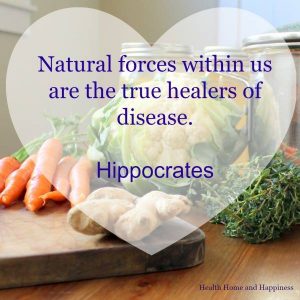















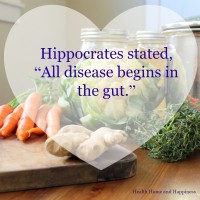






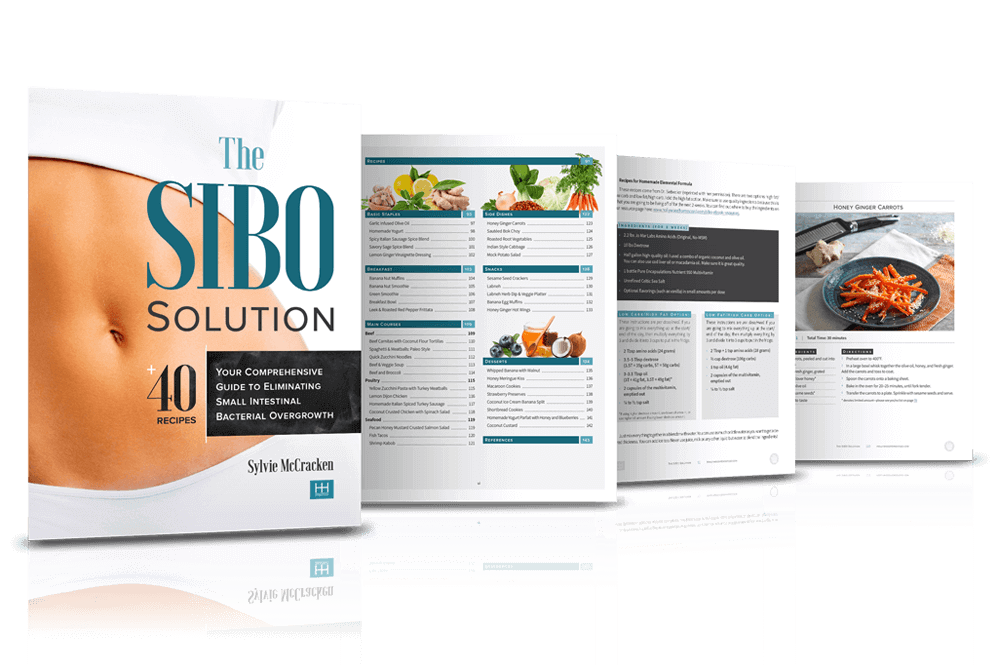
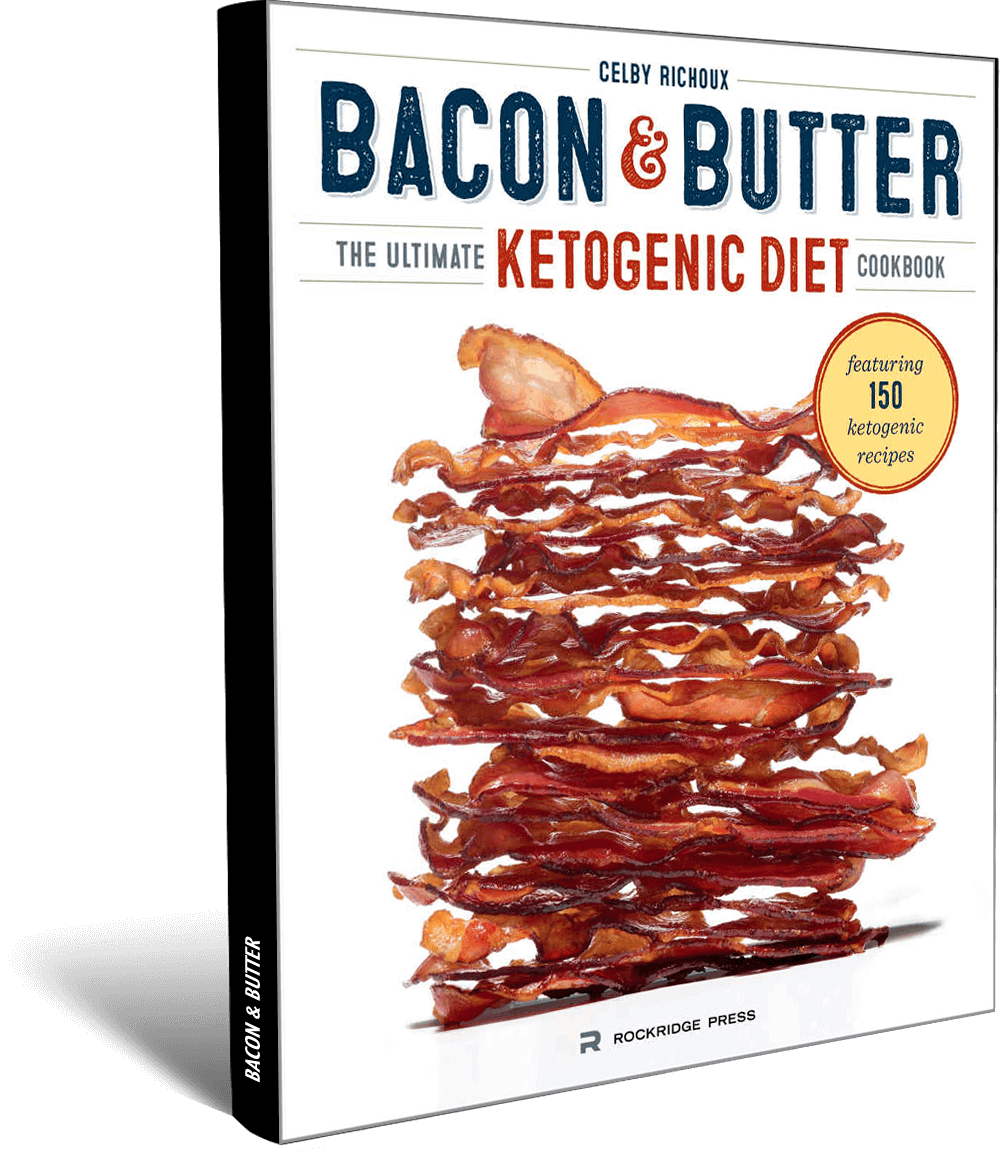



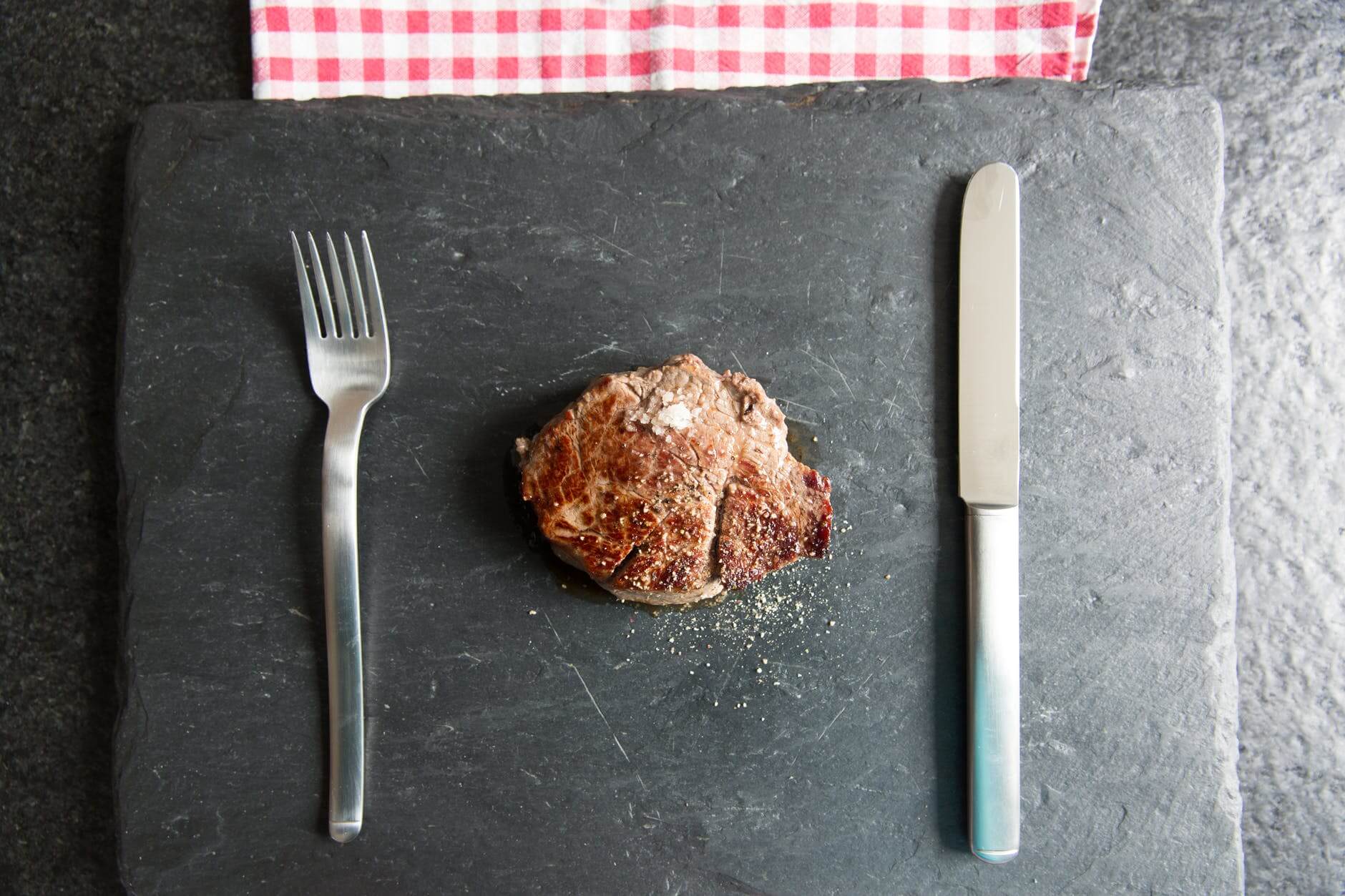








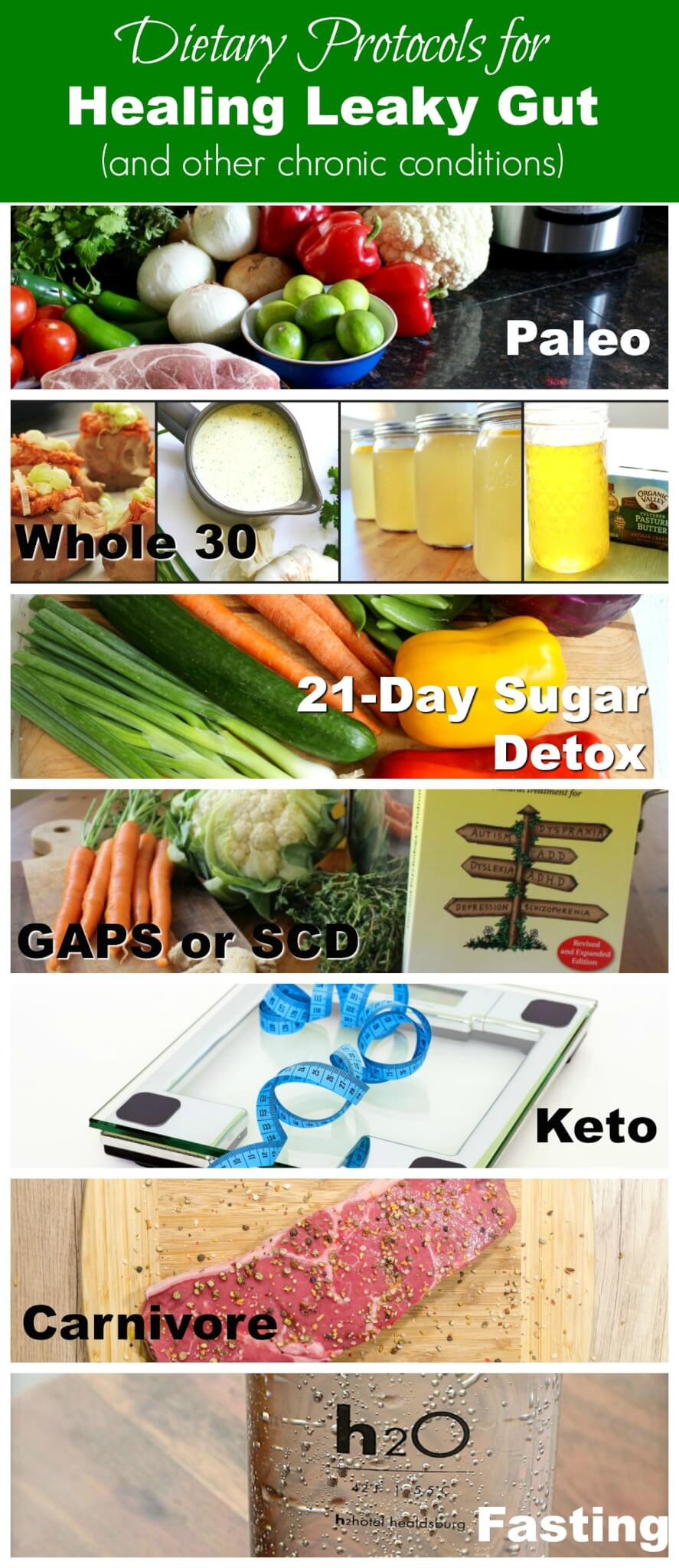

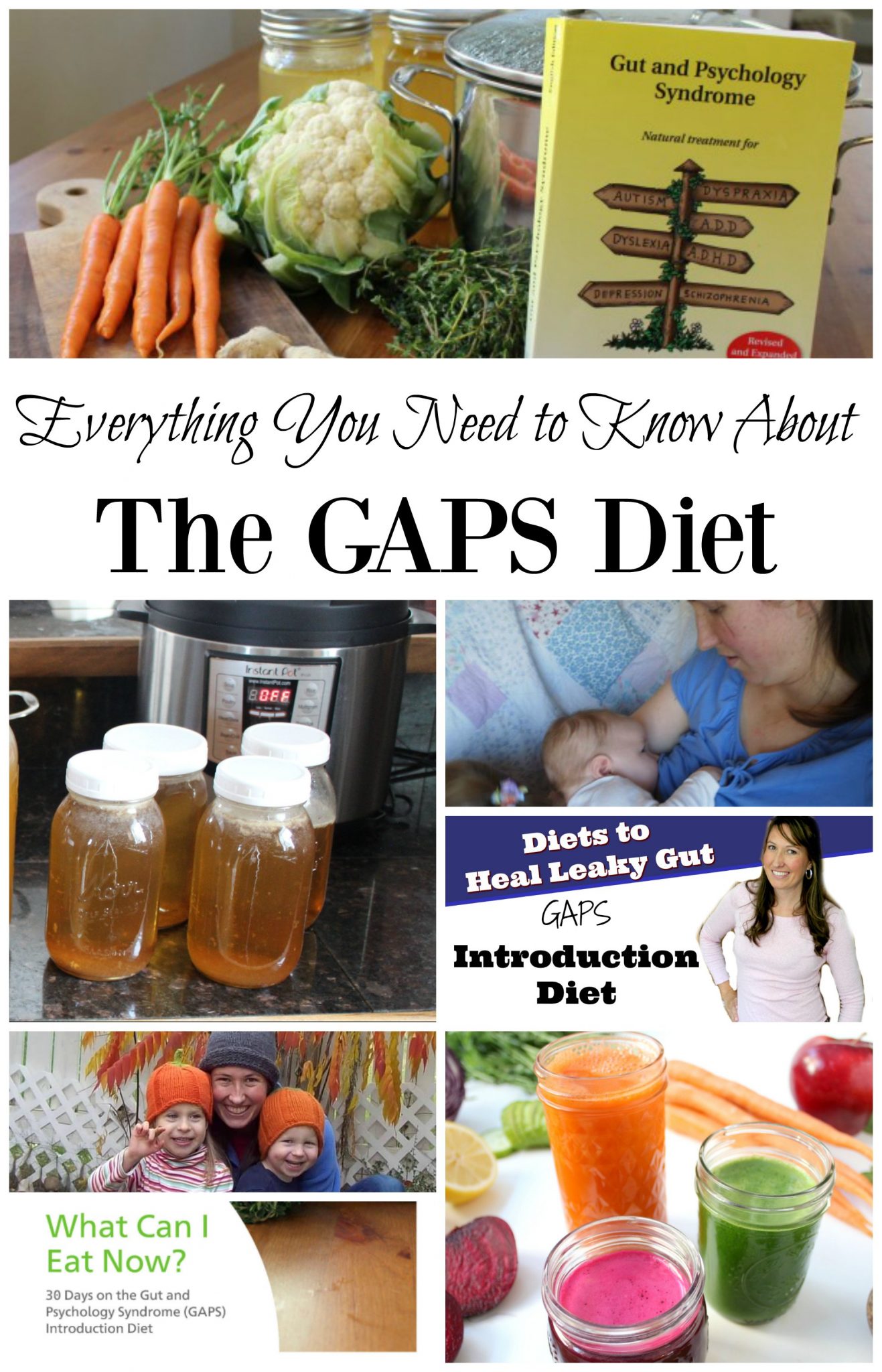
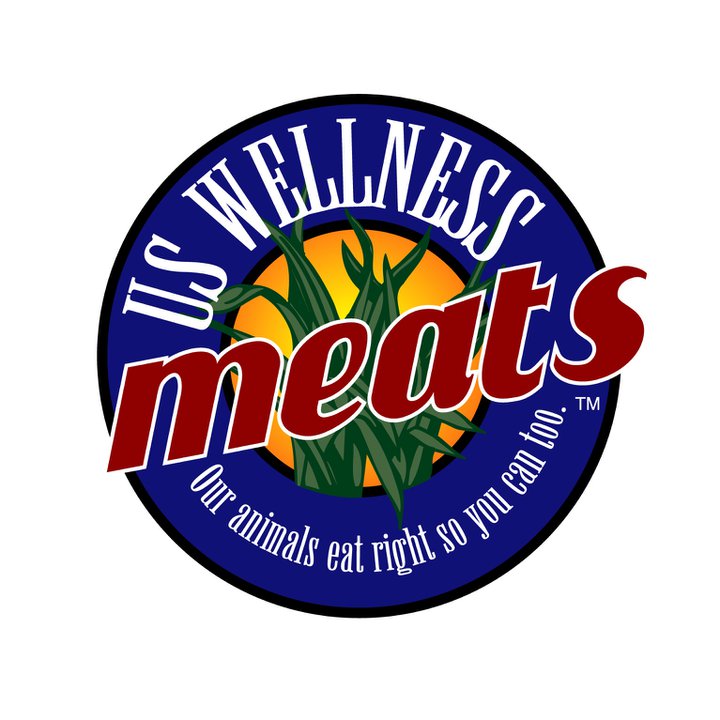

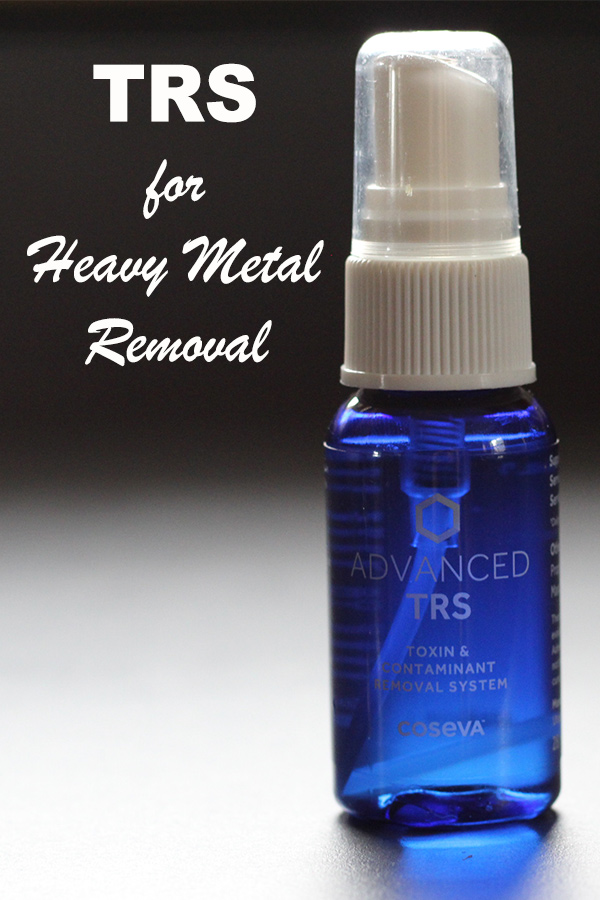
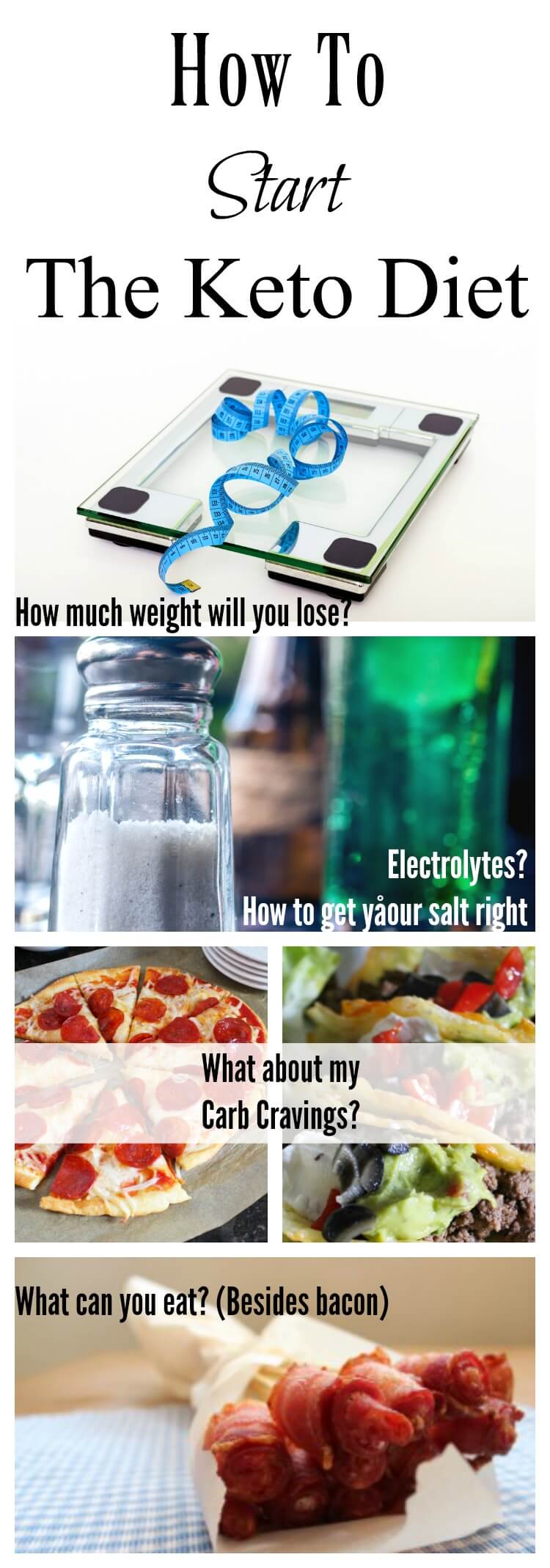




Great information!
I have tried a few of these different diets and I am always wondering which one is best.
However, I would love to see a “low fodmaps diet on the list”. And a plant based diet..
Thanks Ashley, I’ll add those soon! Thanks for the recommendations :)
I have ALWAYS wondered just what the difference in all of these diets were!! Thank you so much for this article. I will be saving and digesting this one for sure! I have in the past, tried to be gluten free, dairy free and sugar free with rather good results but recently have kind of cheated due to eating out more instead of cooking at home. I know this is not good. I recently, as of last night, joined Real Plans and will be following the Paleo plan since I think it will be the easiest to follow. I have really enjoyed your site, you have helped me a lot. I just want to thank you again.
So glad to be helpful! I think if most people follow a paleo diet, they will see enough improvements that they don’t need to do something super strict, and hopefully paleo is less overwhelming and easier to implement than some of the others :)
Excellent article!! Thank you for taking the time to sort out all the differences!
What about the Body Ecology Diet?
Good suggestion, I’ll add that :) For now, this book review helps compare GAPS and BED.
Thank you. This was very helpful!
Wow! This article was really helpful. Thanks so much!
So glad to help Myrna :)
I have done the TQI (To Quiet Inflammation) diet a couple of times and love it. Kathy Abascal wrote the book called The Abascal Way. It is based on proportional meals (2/3 fruits and vegetables) among other things. It talks about hormone levels and keeping them optimal. No snacking between meals and quit eating 2-3 hours before you go to bed. There is much more. Check it out.
How do you feel about the Medical Medium protocol? I heard great things and was ready to dive in but after I read some reviews I became skeptical but still curious.
Hi Kristina, I haven’t looked into it, I’ll have to!
Awesome! Thanks for this review of different protocols. It has been really helpful cutting through some of the clutter of information!
Hey Cara, how many ounces of meat should I eat per day? I have not seen any information about this, i don’t want too much or too little. Just a ballpark number would be very helpful…..
Hello,
I recently came across an article about Paleolithic Ketogenic Diet (PKD), but i’am not sure to understand well what it is. Do you know this diet? Is it carnivore or different?
Thanks for all the helpful content you post!
I couldn’t locate the quiz. Can you please provide a link? Thank you for all the information and resources!